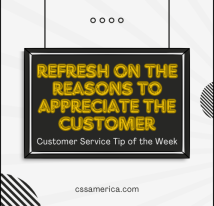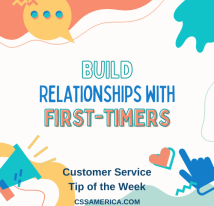Don’t pick a fight with a customer. Don’t throw a baseball at them. Don’t kick a football in their direction. Don’t smack a slapshot over their head.
In the article Flyers touching third rail of fan relations, Phil Sheridan gives multiple examples of players chastising fans for complaining (about the play on the ice or a sign outside a stadium or performance on the field). The crux of the article is that it’s a big risk for a player to attack (verbally or otherwise) fans just because the fans are complaining. Even though many athletes don’t think fans understand what’s it’s like to be in their shoes, many athletes don’t understand the fan’s perspective, but they should be willing to learn.
When fans are passionate, they can impact a game. When they care for a team or club, they’ll spend money on them. And when fans impact a game or they spend money, they impact the organization and its players.
It’s the same thing with any other business. Customers have opinions, and if they care enough to voice those opinions, they’re conveying their passion. But they’re also giving you advice (on what to do differently or how to interact and engage them differently). The customers are sharing their expectations. And if customers care enough to complain, we need to care enough to encourage that dialogue and listen.
Studies have shown that customers are far more likely to stick with you if they complain than if they have an issue and don’t complain. They are far more like to stick with you if you address their issue than if you don’t.
Let the fan talk, vent, complain. Listen and learn. Encourage dialogue. Because if there’s dialogue, that means they’re engaged. When the dialogue stops, that’s when you should start to worry because that might indicate apathy and a lost customer.
Don’t shut down customer complaints.
If you liked this, you might like our podcast episode of “Stepping Up Service” called “Take a Football Approach to Culture Change”
Read our New Book – “Ask Yourself…Am I GREAT at Customer Service?” http://www.amigreatat.com/
Interested in improving your company’s customer service? See more at our new website! http://www.cssamerica.com/





















